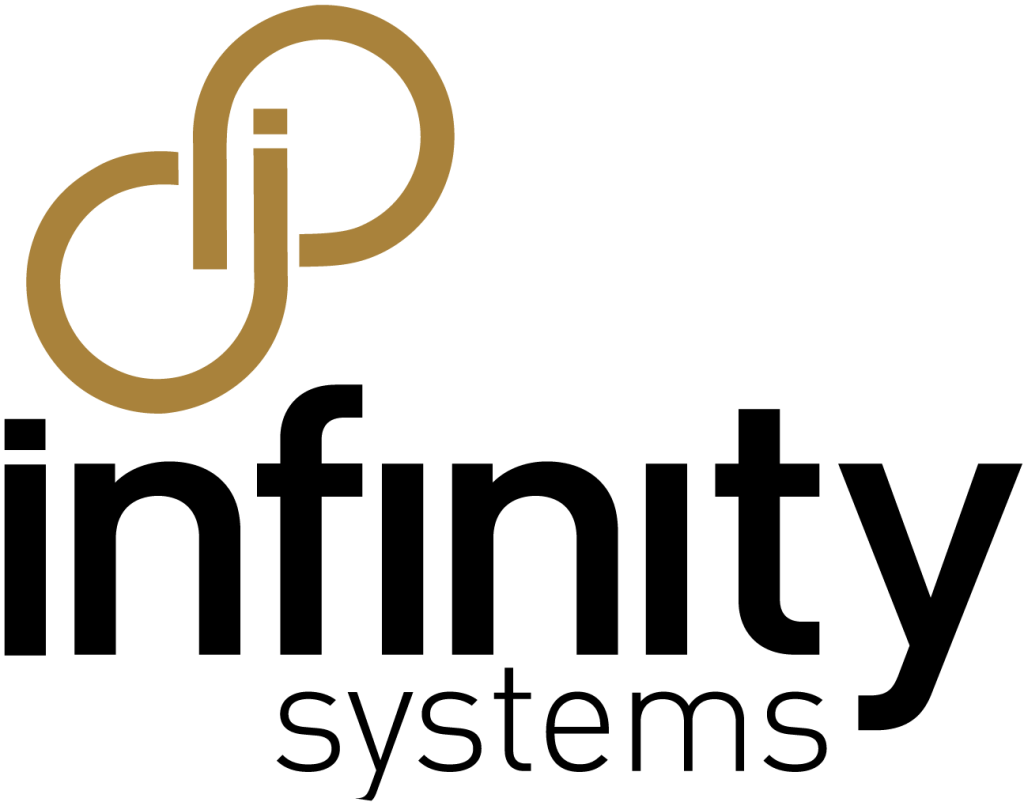Organizations that are aligned to mission and vision have departmental strategies and initiatives that tie to the overall business strategy. Human Resource strategy is one of the most important strategies as its impact spans across every role and department. However, in order to be truly effective as a binding force for real alignment, HR needs to think more broadly than simply determining how to support hiring, development of employees and development of policies and procedures. Human Resources, like they usually lead employee engagement efforts, can be the focal point for organizational alignment, or engagement with purpose.
Employee engagement is not enough. It’s been difficult to connect how engagement scores correlate with business metrics. That’s because engagement – employees being connected with their work and company – doesn’t tie to why the company exists. Alignment does.
How can HR align their Strategy to the Business
On a high level, there are many areas where HR can play a pivotal role in enhancing alignment:
- Policies and procedures can be geared towards striving for greatness as much or more than dictating behavior to protecting risk.
- Internal communications strategy and implementation (whether or not HR manages it) focuses on gathering and telling stories of how the mission and vision are being carried out in the organization.
- Creativity, communication and best practices efforts and tools can be coordinated by HR.
- Through organizational development/effectiveness work, HR can help drive efforts to enhance personal and joint accountability within teams and across functions.
- Development efforts can be rooted in efforts to develop employees in ways that enhance skills, but also bring them closer to the WHY of the organization.
- Compensation planning and execution can be tailored in ways that promote teamwork, a common goal and recognition for mission-driven work.
There are many more ways this can be done. HR is in such a marvelous place to have an impact on organizational alignment. Because they touch every part of the organization and can be connected with cross-functional efforts, they can be the tie that binds everything together.
With greater alignment, engagement rises along with performance. Functional departments look to HR as a more proactive force for good rather than rule enforcers and gatekeepers. HR would be able to connect alignment measurements with key performance indicators in the business also.
[subscribe]



